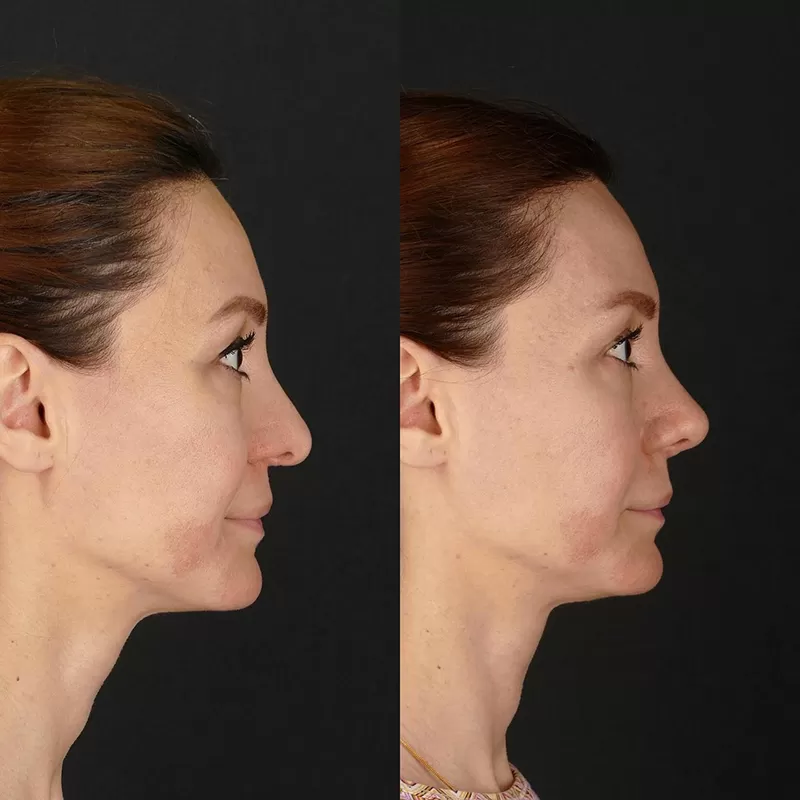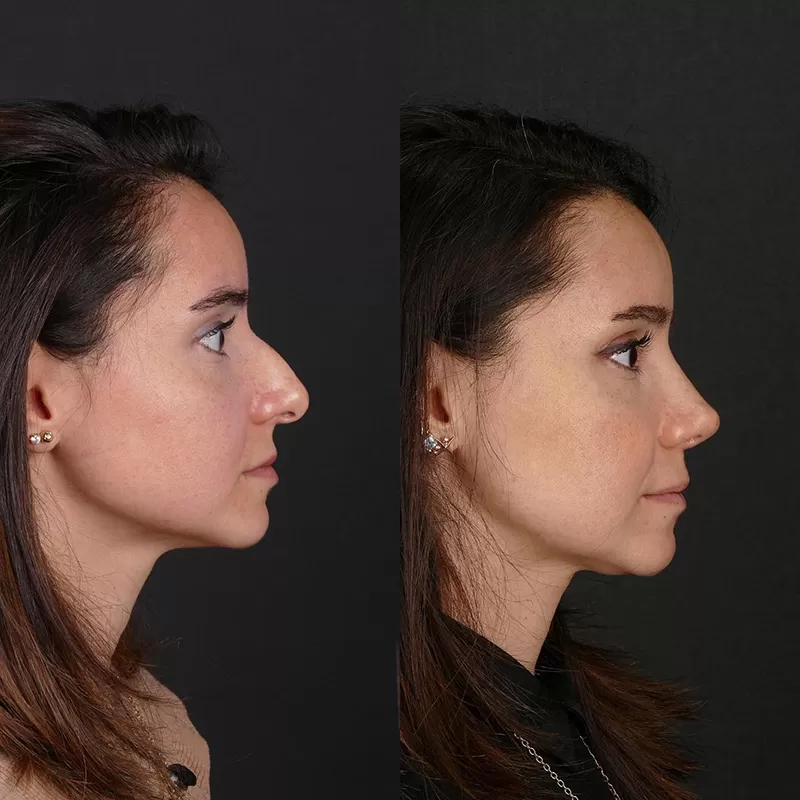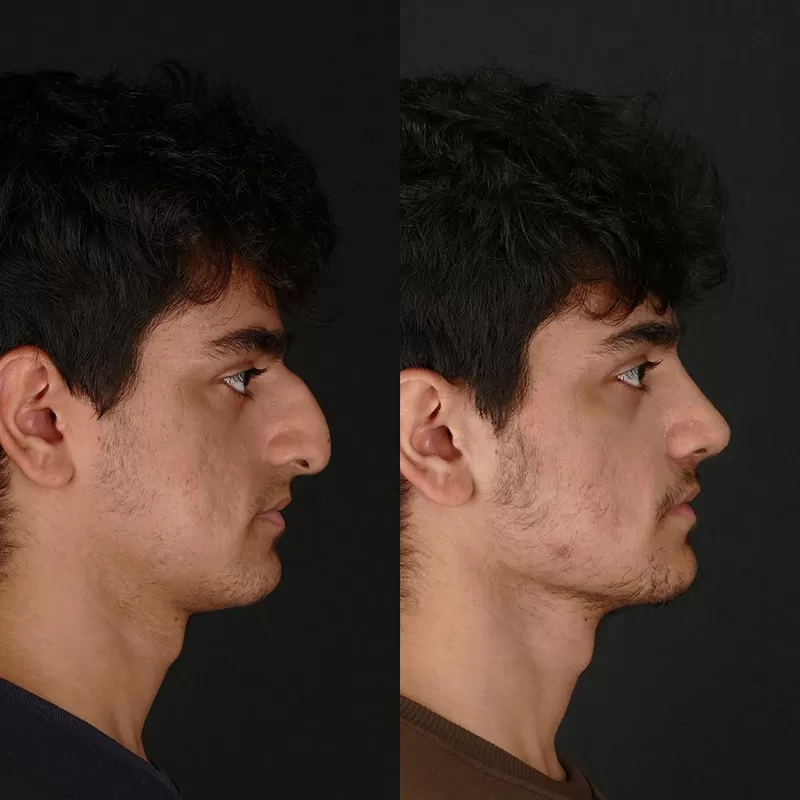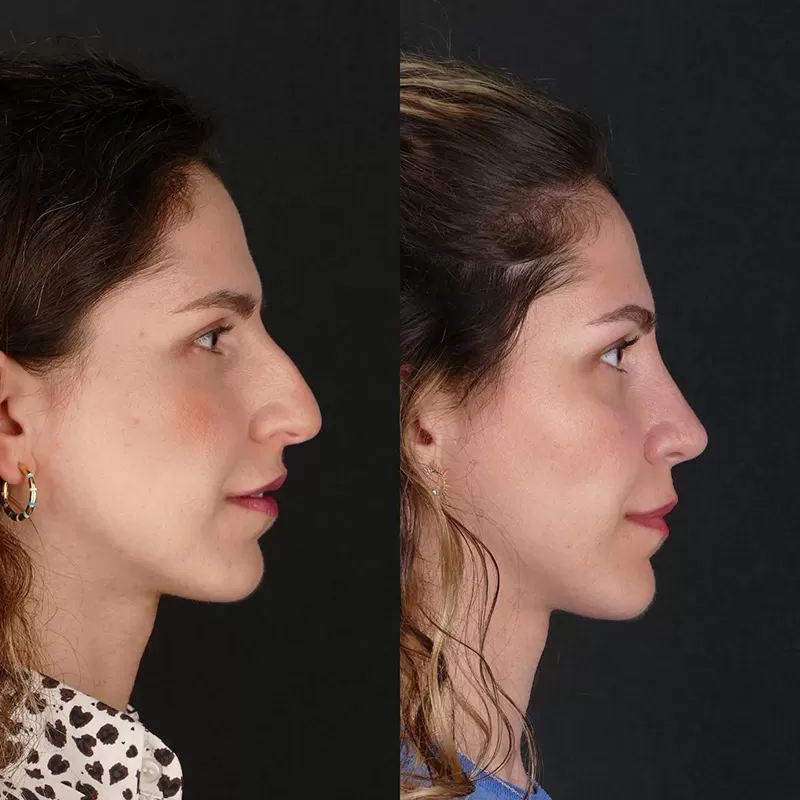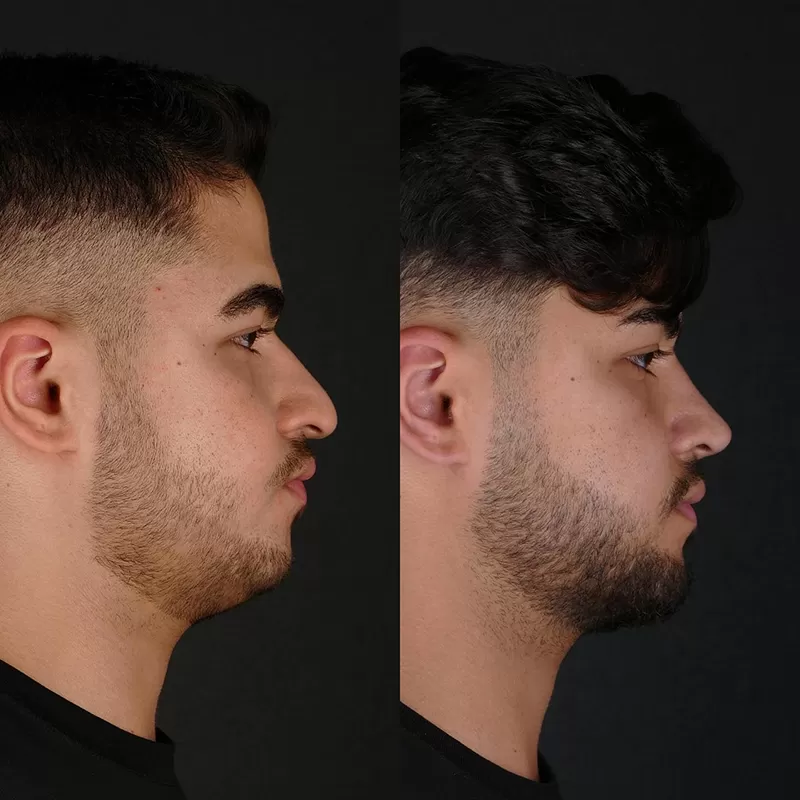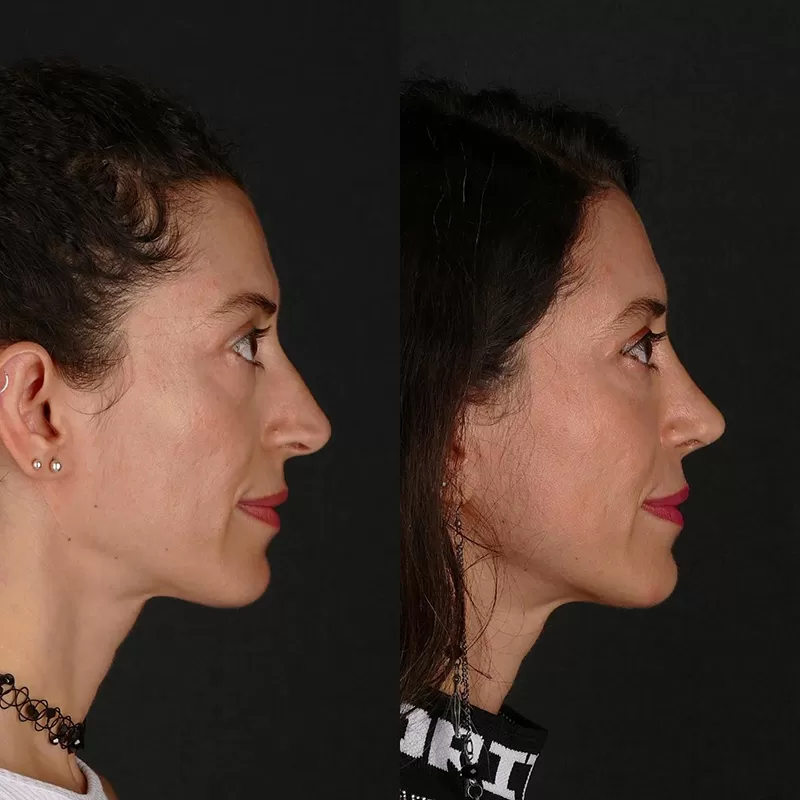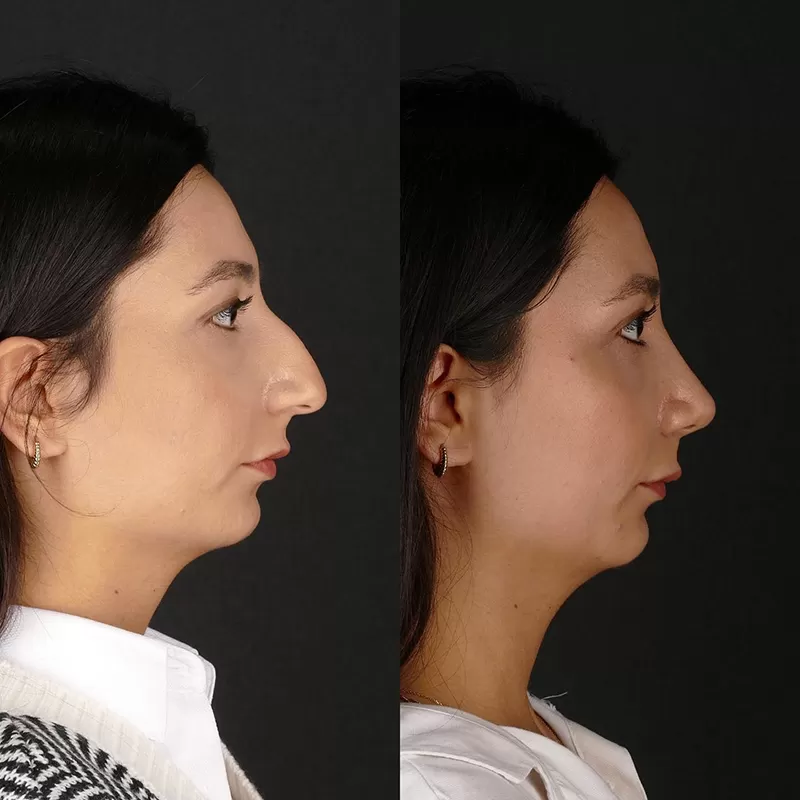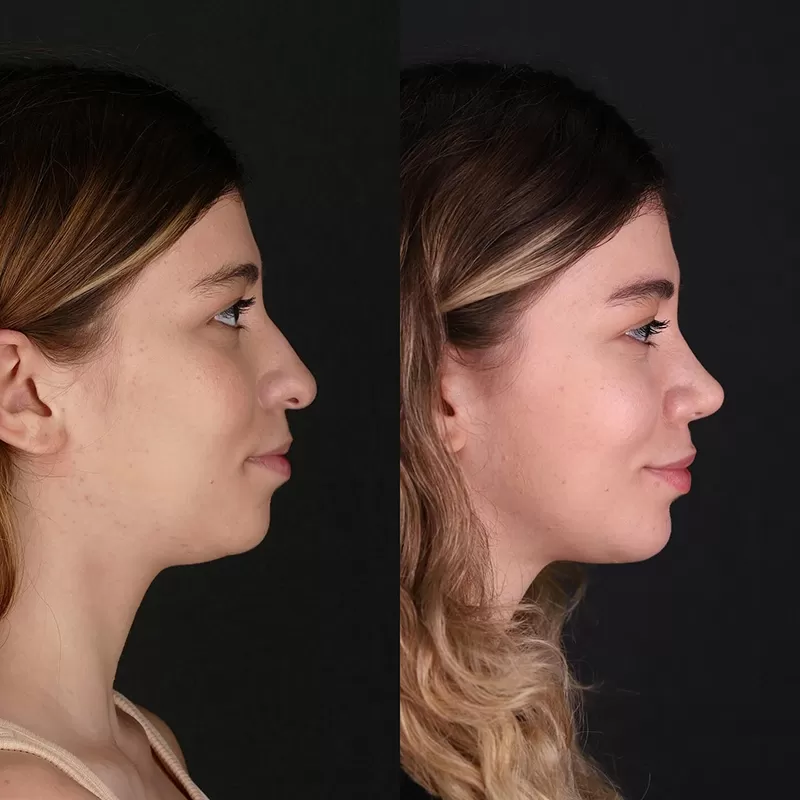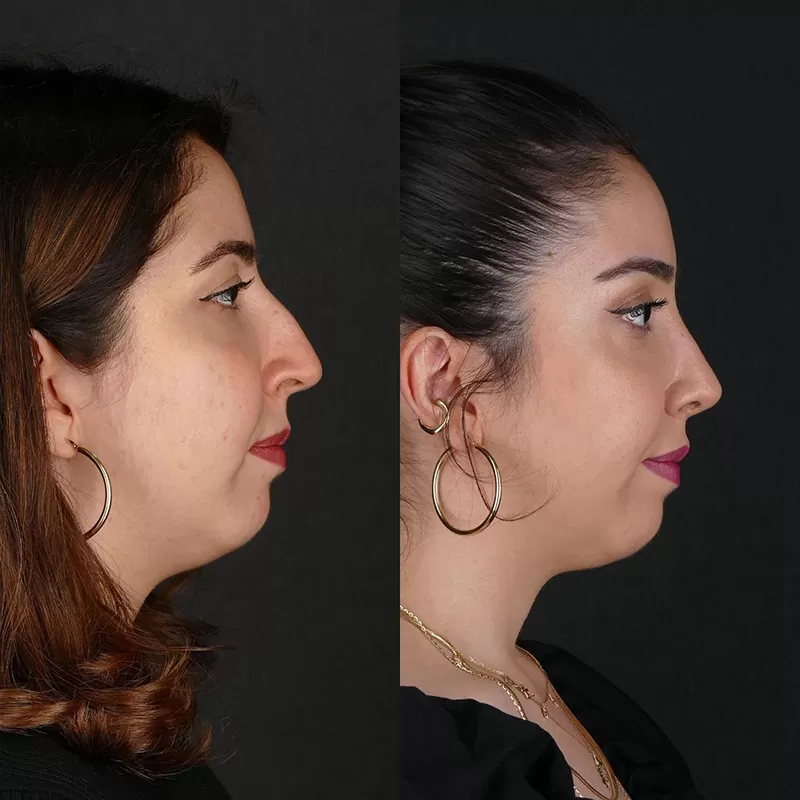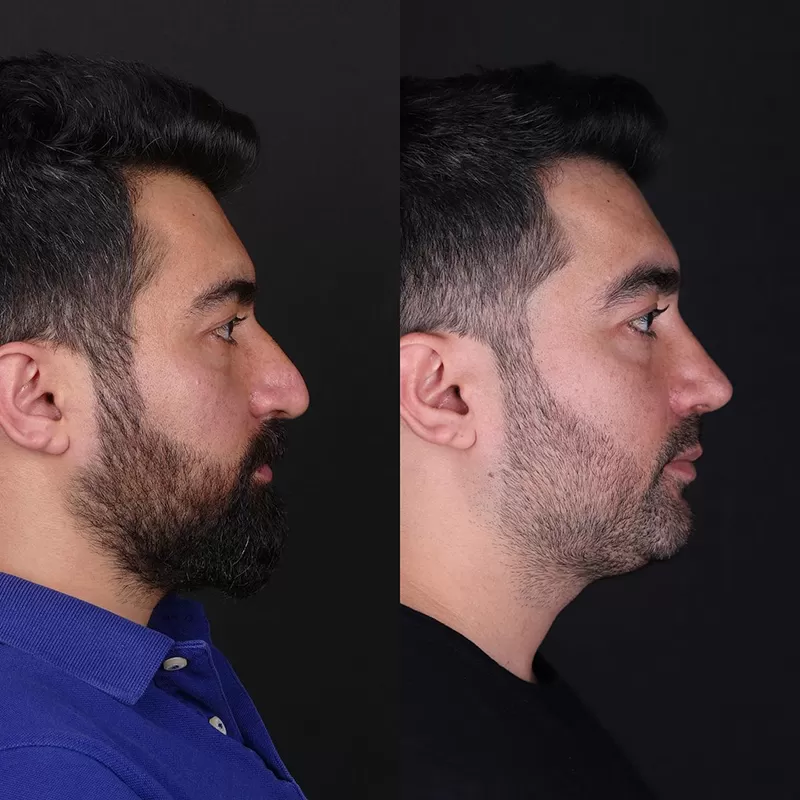Sinusitis
İçindekiler
ToggleWhat is Sinusitis?
The air cavities located in the cheek, forehead, eye and nasal regions inside the skull, whose canal mouth parts merge with the nasal air duct are called sinuses.
Sinuses perform functions such as cleaning, moisturising and heating the air taken in through the nose and providing sound resonance. The sinuses, which are the first defence mechanism that protects vital organs and structures in the skull, such as the brain and eyes, against the impacts received, also ensure that the head is kept upright and balanced by reducing the weight of the skull.

Sinuses are divided into 4 different groups according to their location in the skull:
Maxillary Sinuses: It consists of 2 sinuses, one on each cheek. It develops in parallel with embryo development, is present at birth, reaches a significant size at the age of 3.
Ethmoid Sinuses: It consists of many air sacs around the eye, at the top of the nose. It develops in parallel with embryo development, present at birth, reaching adult levels by the age of 12.
Sphenoid Sinuses : It is located at the back of the nose, in the deep part of the skull. Formation is completed at the age of 2 and filling with air is completed at the age of 5.
Frontal Sinuses: It consists of 2 sinuses located in the forehead area. Its formation is completed at the age of 6 to 8 years and separated from the ethmoid sinus. It reaches its normal size in the next 8-10 years.
The bony surfaces of the sinuses are covered with a movable layer that secretes a mucous-like secretion (mucus). The epithelium (tissue structure) inside the sinuses is identical to the tissue structure of the nose and all sinuses are connected to the nasal cavity. Any infection in the nose causes swelling and oedema of the nose. This impairment prevents the passage of mucus produced by the sinuses and sent through the nasal cavity into the throat and oesophagus. Mucus accumulates in the sinuses and leads to increased pressure.
TREATMENT PROCESS
Sinusitis
1 Session
1 Day
5 Years
1 Hour
1 Day
Local Anaesthesia
1 Day
What Causes Sinusitis?
The nose and sinuses are structures that clean the inhaled air, that is, they store dirt, dust, viruses, bacteria and toxins and send clean air to the lungs. For this reason, viruses and bacteria that can lead to infection are always present in these areas. There is no inflammation in sinuses that can fulfil their function. However, if there is a pathological and / or environmental effect such as upper respiratory tract infection, allergic reactions, turbinate hypertrophy (nasal flesh growth), deviation (bone / cartilage curvature), obstruction of sinus canals, adenoid growth in children, sudden pressure changes during submarine diving and aircraft journeys, excessively polluted air and smoking, sinus ventilation is impaired and inflammation occurs. Inflammation of the mucosa (mucus) lining the sinus cavities by various factors is called sinusitis. They take different names according to the course and duration of inflammation:
Acute Sinusitis Sinusitis lasting less than 2 weeks
Subacute Sinusitis: Sinusitis lasting 2 weeks to 3 months
Chronic Sinusitis: Sinusitis lasting longer than 3 months.
Recurrent sinusitis: 4 or more recurrent sinusitis within 1 year.
Precautions that prevent the formation of sinusitis include not staying in cold environments for a long time, drying the hair after bathing or rain, not leaving it wet, adjusting the oxygen, humidity and temperature level of the living environment well, not inhaling cigarette smoke, avoiding being in places where dust and smoke that cause allergies are dense.

What are the Symptoms of Sinusitis?
Sinusitis symptoms vary from person to person depending on the severity of the cold or flu infection, the immune system of the individual, and whether there is a pathological problem in the nasal area. The most common symptoms:
- Pain and pressure with a feeling of fullness in the part of the head and face that includes the sinus areas (increased when the head is tilted forward),
- Nasal congestion, snoring,
- Sore throat, impaired voice, increased cough at night,
- Yellow/green thick viscous nasal and/or nasal discharge,
- Bad breath, tooth and gum pain,
- Odour and taste disturbance,
- Malaise and mild fever,
- (in children) Cough, loss of appetite, nausea and vomiting.
In order to make the correct diagnosis, one or more of the endoscopic examination, imaging and tomography methods are used together.

